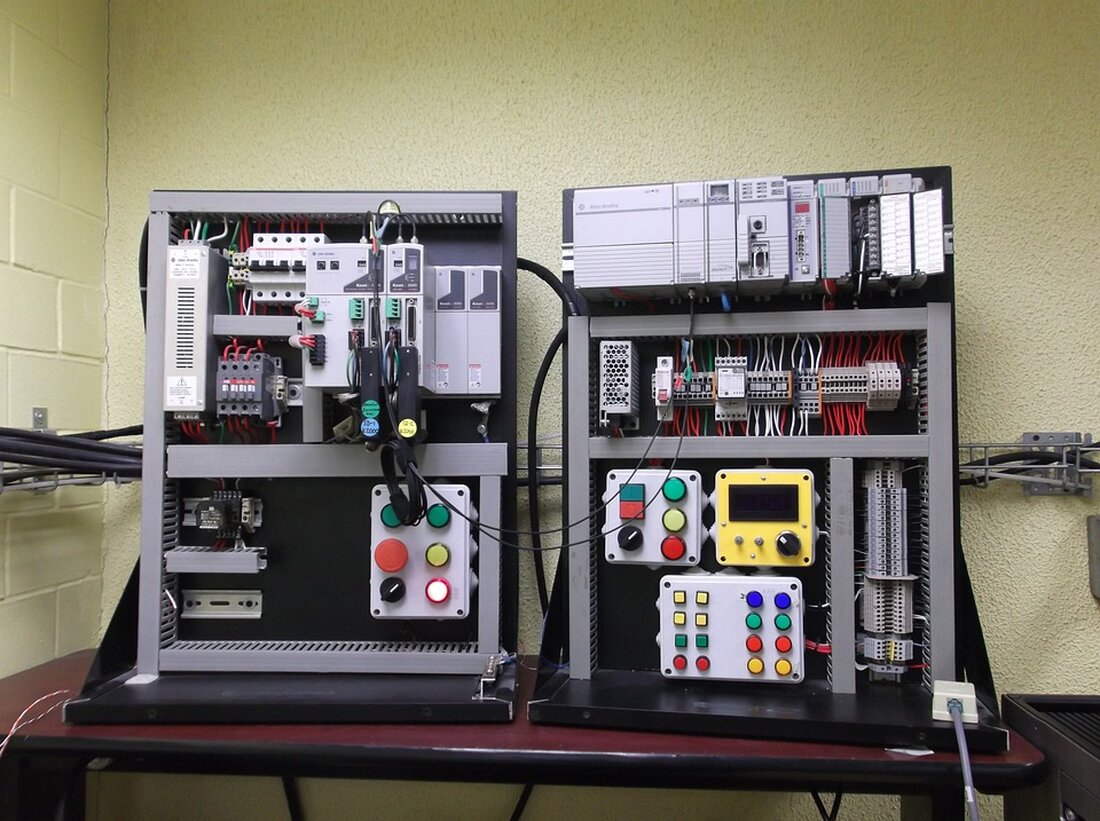An eSIM explained: what is it and how does it work?
An eSIM explained: what is it and how does it work? Smartphones have become an indispensable part of our lives these days. They are not only means of communication, but also pioneers for the mobile Internet. In order to use all of these functions, the smartphone requires a SIM card. But in recent years a new technology has emerged that could make traditional SIM cards obsolete - the eSIM. What is an eSIM? An eSIM, also called an embedded SIM, is an electronic SIM card that is permanently integrated into a smartphone or other devices such as tablets, smartwatches, laptops or IoT devices. In contrast to the traditional SIM card, which is physically...

An eSIM explained: what is it and how does it work?
An eSIM explained: what is it and how does it work?
Smartphones have become an indispensable part of our lives these days. They are not only means of communication, but also pioneers for the mobile Internet. In order to use all of these functions, the smartphone requires a SIM card. But in recent years a new technology has emerged that could make traditional SIM cards obsolete - the eSIM.
What is an eSIM?
An eSIM, also called an embedded SIM, is an electronic SIM card that is permanently integrated into a smartphone or other devices such as tablets, smartwatches, laptops or IoT devices. Unlike the traditional SIM card, which is physically inserted into the device, the eSIM is in the form of a chip soldered directly onto the device's motherboard.
The eSIM essentially works like a traditional SIM card. It contains all the information required to identify the device in the mobile network, such as: B. IMSI (International Mobile Subscriber Identity) and Ki (Authentication Key). This information allows the device to connect to the mobile network and use services such as telephony and mobile Internet.
How does an eSIM work?
The eSIM works based on the remote provisioning process. This means that the SIM card information no longer needs to be transferred to the eSIM manually, but this information can be downloaded directly to the eSIM via the mobile network.
To activate an eSIM, the user must first conclude a contract with a mobile phone provider that supports eSIM. The mobile operator then sends the SIM card information, including the IMSI and authentication key, to the device. This can be done either via a mobile app or via a QR code scanning function.
Once the eSIM is activated, the device can connect to the provider's mobile network and use services such as telephony and mobile internet. The eSIM also allows you to switch between different mobile providers without having to swap physical SIM cards. All the user needs to do is select the mobile operator in the device settings and download the corresponding SIM card information.
Advantages of the eSIM
The eSIM offers a variety of advantages over conventional SIM cards:
1.flexibility: The eSIM allows users to easily switch between different mobile providers without having to swap a physical SIM card. This makes the eSIM particularly attractive for people who travel frequently and want to use international SIM cards.
2.Space saving: Since the eSIM is permanently integrated into the device, there is no space required for a SIM card slot. This allows devices to be made more compact and thin-walled.
3.No loss or damage: Since the eSIM cannot be physically removed, there is no risk of losing or damaging the SIM card.
4.Remote activation: The eSIM allows SIM card information to be activated over the cellular network. No manual SIM card replacement is required.
Frequently asked questions about eSIM
How does the eSIM differ from a traditional SIM card?
The eSIM differs from a conventional SIM card in its integration into the device and the possibility of remote activation. A physical SIM card must be manually inserted into the device.
In which devices is the eSIM supported?
The eSIM is supported in a variety of devices such as: E.g. smartphones, tablets, laptops, smartwatches and IoT devices.
Can I convert my existing SIM card into an eSIM?
No, an eSIM is a physical chip that is permanently attached to the device. It cannot be created or converted from a traditional SIM card.
Can I change mobile provider with an eSIM?
Yes, with an eSIM, users can easily switch mobile providers by downloading the new provider's SIM card information over the mobile network.
Are there any disadvantages to using an eSIM?
Since eSIM is still relatively new, not all mobile providers support this technology. It is important to ensure that your desired provider supports eSIM before choosing this option.
Conclusion
The eSIM is an innovative technology that is revolutionizing the way we use SIM cards in our devices. It offers flexibility, comfort and space savings. While the eSIM is not yet supported by all mobile providers, it is gaining increasing acceptance and is expected to be a widely used technology in the future.

 Suche
Suche
 Mein Konto
Mein Konto
